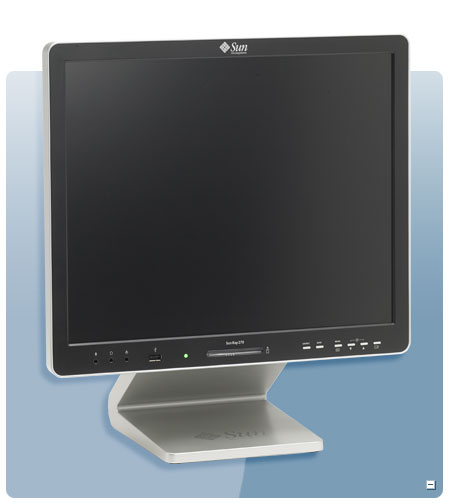Packing and moving

As part of getting ready for this I've written eight blog segments which Mr. Editor Person is going to post for me to cover the period from July 25th to August 4th inclusive.
Eight , of course, isn't nine: the other one is coming as a guest blog by frequent contributor Roger Ramjet. He's going to present and defend his idea about using distributed Unix workstations as desktops.

A number of people will be reading your comments particularly carefully on this. I'm going to be looking for input, of course, but a number of other people are going to be looking at the comments for a different reason. Specifically, the publisher I'm talking to is talking to Sun about co-sponsorship and I'd like them to get the message that this thing could sell at least a couple of hundred million copies.
Well, maybe not that many, but my basic belief is that the smart display architecture offers the best chance any organization has right now of actually getting the benefits promised by the PC -i.e. low cost, high flexibility, user directed IT.
The problem, of course, is that IT management is dominated by data processing people and their Windows successors - meaning that their instinct is to use smart displays as thin clients in an attempt to recreate the 1970s mainframe systems and therefore that users will fight tooth and nail to keep their PCs instead.
So the subtext on every page, in every paragraph, of every sentence is going to be that things don't have to go that way - that the right way to implement the Sun Ray in business, and by extension any smart display architecture, is to start with the centralized processing characteristic of the thin client approach but then adopt more flexible software and radically decentralize control to get to the full smart display architecture.
So every chapter will come in two main sections: one on just using Sun Rays as thin clients and the other on going ahead and benefiting from the other two parts of the smart display architecture: the power of Unix, and the devolution of IT control to users.
As a result this book, if it gets done at all, will be about making both transitions happen: the thin client one and the management one; about how to plan for this, how to implement it, how to justify it, and how to make sure users grab and hold control when it shifts to them - because otherwise the next guy hired will promptly take the whole organization back to the same 1970s data processing mode Wintel is evolving toward.
When we get home there'll a new network connection to be installed and a moving truck to be unloaded, but barring surprises I expect to be back August 7th - and, believe me, I'm looking forward to your comments on this series.